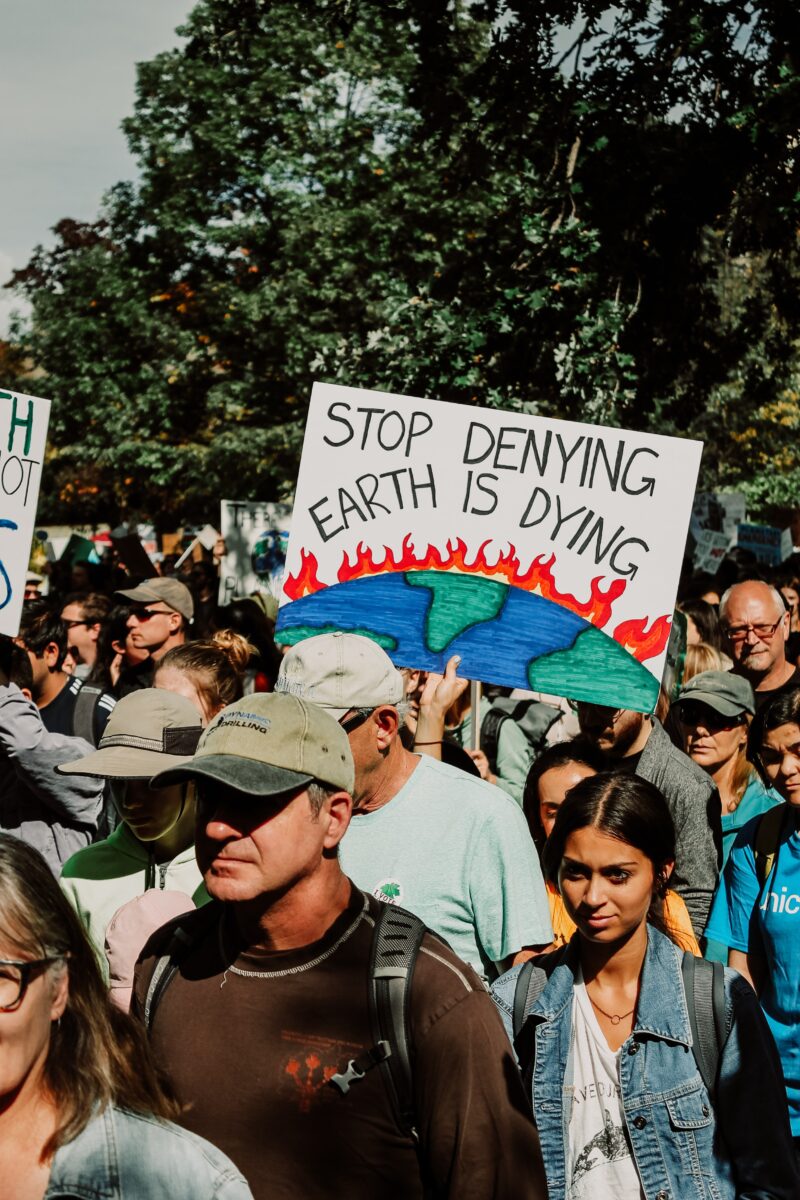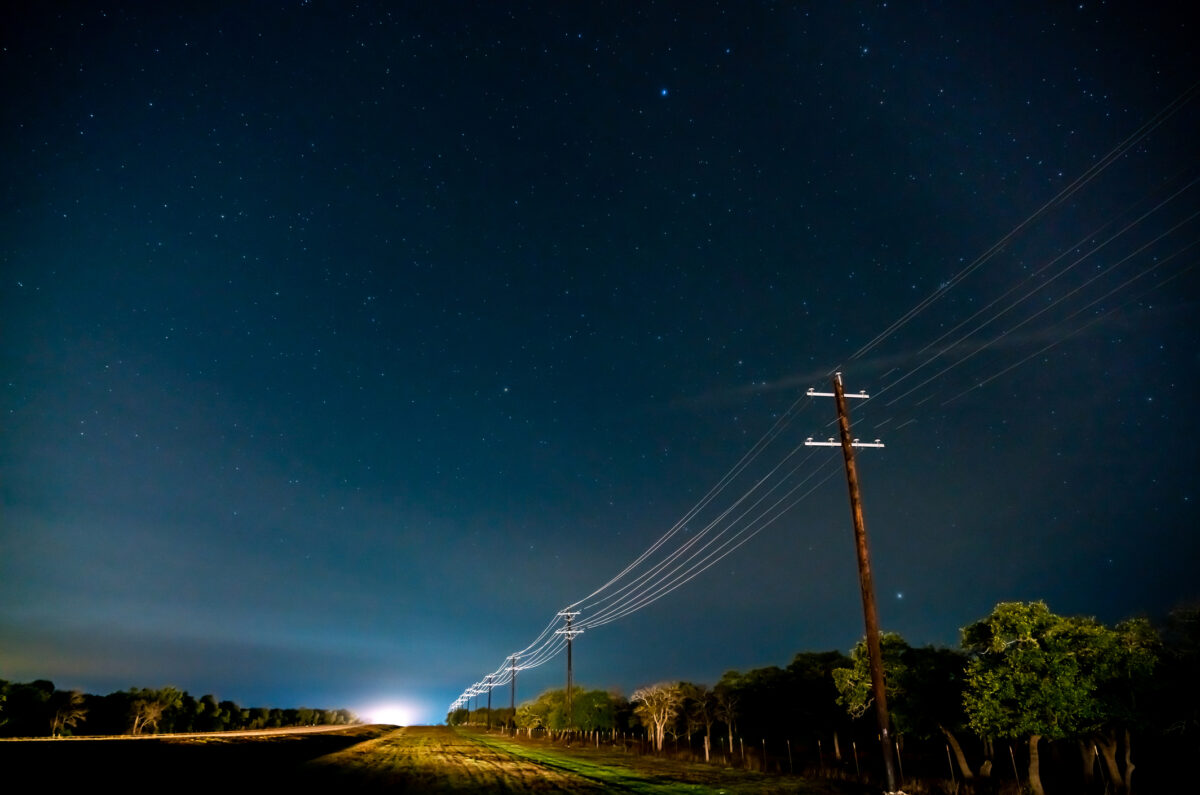CLIMATE AND ENVIRONMENT
Fauna, Flora…and Funga: The Case for the Protection of Fungi Under National and International Law
Fungi are the Earth’s connective tissue and are crucial for human health and well-being. Yet, they have largely been ignored in international and national environmental law and policy. International negotiations this year provide an opportunity to fix this.

After a year of postponed meetings and conferences, the international community is back on track and poised to meet several times this year to tackle urgent environmental threats. In May, states will negotiate the Post-2020 Global Framework on Biodiversity, which will guide state biodiversity efforts for years to come. In September, the global community will consider means to strengthen the global food system at the UN Food Systems Summit. And in November, the climate crisis will again be the subject of global consideration at COP26 in Glasgow.
Problem-solving strategies – including those deployed to address environmental threats – aren’t fully effective unless they cover all of the key components of the given issue. This much is obvious. And yet, in the past, these types of international governance convenings – international and national environmental law generally – have ignored a crucial player: fungi.
Life on Earth depends on fungi. The vast majority of plants, for example, depend on symbiotic fungi to obtain the nutrients they need and ward off disease; indeed, plants never would have migrated onto land if not for their partnership with fungi. Fungi are also essential for fixing carbon and vital nutrients into the soil, thus providing a service that entire ecosystems depend upon to function. Humans rely on fungi for food, medicines, and spiritual practices. Indeed, many of the transformational advances in healthcare achieved in the past two centuries relied on fungi: penicillin, for example, comes from fungi. Many future advances in medicine – for treating cancers, viruses, and mental illnesses – are similarly likely to come from fungi. Yet despite their utmost importance, fungi are usually ignored in both international and national environmental protections.
It’s an ignorance we can’t afford to sustain. If international and national environmental law and policy continue to discount the interests of fungi and the threats they face, then these laws and policies will be – at best – ineffective.
The Status of Fungi in International and Domestic Law
There are a number of international environmental treaties that explicitly aim to mitigate threats to flora (plants) and fauna (animals). This includes the Convention on Biological Diversity (CBD) and the Convention on International Trade in Endangered Species of Wilde Flora and Fauna (CITES), both are seminal pieces of international environmental law. The texts of CBD and CITES, as well as other international environmental treaties, explicitly reference flora and fauna as the subject of the protections that the treaties offer. The third F – funga, representing the diversity of fungi species – is conspicuously absent.
This is not an inconsequential oversight. Not only does it mean that fungi species don’t benefit from the legal and policy protections offered by these treaties, but it also suggests that fungi are somehow less important than plants or animals. This could not be further from the truth, as fungi’s essential role in ecosystems demonstrates.
This misleading message is reflected not only in the absence of fungi in international treaty texts but also in the work of important conservation institutions. Take the International Union for Conservation of Nature (IUCN), for example. It is an international organization that, among other things, gathers and analyzes data and conducts research on the conservation and sustainable use of natural resources. As part of this work, IUCN compiles the Red List, which tracks the extinction risk status of plant, animal, and fungi species. However, while the Red List includes 43,556 plant species and 76,457 animal species, it only covers 343 fungi species. This is likely due both to a lack of attention paid to fungi species and the fact that, generally speaking, less effort has been made to identify fungi species relative to plant and animal species. Because there is a gap in IUCN’s work on fungi species and because IUCN’s data and analysis are critical in facilitating conservation work, it is more challenging to advance fungi conservation than plant and animal conservation.
In general, domestic law mirrors international law in its failure to explicitly recognize fungi as a distinct form of life with distinct needs. The major exception to this is Chile, where the concerted efforts of fungi activists to secure policy protections for fungi led to their explicit inclusion in a major environmental law passed in 2010. As a result of this, Chile’s main conservation law – which establishes procedures for protecting at-risk species – now includes fungi.
What Can Be Done and Why It Matters
The aforementioned gap in international and national law needs to be filled by explicitly incorporating fungi. This begins with expanding discussions of flora and fauna to include funga – thereby making it the “3 Fs.” Policymakers and environmental advocates should work to ensure that fungi are clearly included in conservation frameworks. That may mean changing the text of a given national conservation law to include fungi or it may mean working at the agency-level to ensure regulations incorporate fungi.
Recognizing fungi in international and national law has important practical and symbolic consequences. Practically, it will unlock funding for fungi research, obligate governments to take certain steps to protect fungi, and limit certain activities harmful to vulnerable species of fungi. Symbolically, it signals the importance of fungi and their role in ecosystems. This is why we at the Climate Litigation Accelerator – in collaboration with fungi experts Giuliana Furci and Merlin Sheldrake – launched an initiative (FaunaFloraFungi) to fill this regulatory gap. The programmatic statement of the initiative is open to signatures and has already been endorsed by Jane Goodall, Michael Pollan, Donna Haraway, Andrew Weil, Andrea Wulf, Paul Stamets, Robert Macfarlane, Wade Davis, David Boyd and a number of other prominent scientists, naturalists, environmental advocates, and citizens from around the world.
Fungi are equal members of Earth’s web of life and fundamental to the health of humans and the planet. This year provides exceptional opportunities to update international and national law and policy to finally reflect this truth. Let’s make sure to use them.
April 27, 2021. César Rodríguez-Garavito and Jacqueline Gallant, The Earth Rights Research & Action (TERRA Law).




